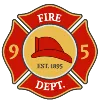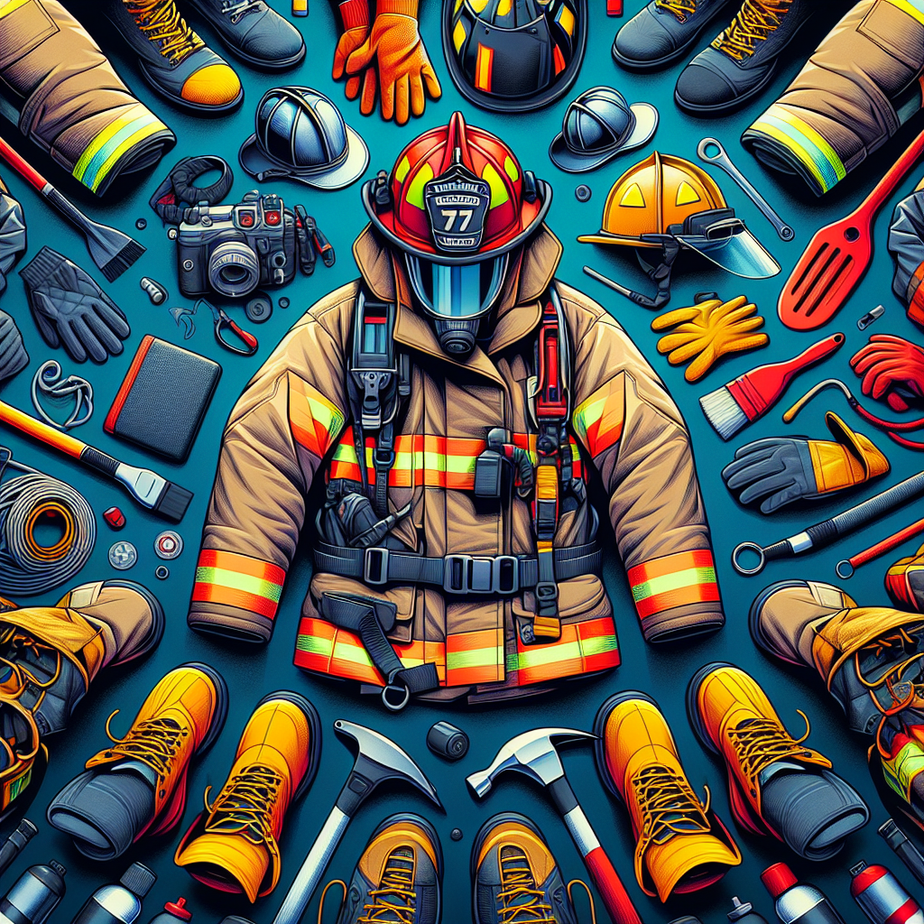Now Reading: Essential Search and Rescue Techniques Every Firefighter Should Master
- 01
Essential Search and Rescue Techniques Every Firefighter Should Master
Essential Search and Rescue Techniques Every Firefighter Should Master

🔥 The Art of Search and Rescue: Saving Lives Like a Pro
Australia isn’t just famous for its Vegemite, kangaroos, and endless beaches—it’s also known for its fierce bushfires and resilient firefighting crews. Fighting fires “Down Under” is less about drama-filled TV scenes and more boots-on-the-ground action, grit, and teamwork. For Aussie firefighters, the real heroics often unfold in the high-stakes world of Search and Rescue (SAR). But what exactly makes efficient search and rescue? Here’s the lowdown on the top techniques every firefighter should have in their toolkit.
🗺️ 1. Mastering the Maze: Navigating Through Smoke and Chaos
Ever tried walking through your house blindfolded? Now imagine doing that, but your house is on fire, visibility is zero, and you’ve got a full firefighting kit on. At the heart of search and rescue is the ability to navigate through a structure safely and systematically.
To avoid getting lost in smoke-filled environments, Aussie firefighters use techniques like “left-hand” or “right-hand” wall searches. It’s a simple rule: pick a side, stick to that side, and follow it until you’ve cleared the room. No fancy gadgets, just common sense and consistency.
🔥 Quick Fun Fact: Some crews use glow sticks to mark already-searched areas to avoid retracing steps. It’s like a neon breadcrumb trail—a little rave, but with a life-saving twist!
But beyond navigation, communication with your team is key. Hoots, hollers, or subtle tank taps? Whatever your language, staying connected ensures no one leaves their mate behind.
🐾 2. Search and Rescue K9 Units: Fur and Fury on Four Paws
Dogs? In firefighting? Absolutely. These aren’t just tail-wagging cuties from the local park; they’re highly trained life-saving machines. Canine units specialize in locating trapped victims, especially in collapsed structures during urban firefighting.
👃 Fun Fact: SAR dogs’ noses are 10,000 times more sensitive than ours. They can detect someone trapped under layers of rubble faster than a team with shovels ever could.
Australian SAR teams are increasingly using K9 units—whether in bushfire-affected areas or suburban collapses—because of their unerring ability to cover ground quickly. Plus, let’s be real: is there anything cooler than a working dog in a rescue vest?
⛑️ 3. The Golden Hour Rule: Speed Meets Precision
Ask any firefighter about the “Golden Hour,” and they’ll tell you it’s the small but mighty period when a rescue can make or break survivability. This means prioritizing speed, but not at the cost of safety or precision.
Every move has to be deliberate, from clearing debris to assessing structural weaknesses. Aussie fire crews learn to triage danger zones—fancy words for knowing when to act fast, and when to slow down so the ceiling doesn’t collapse on your head.
🚨 Quick Tip: Many SAR teams swear by “Team Size-Up” drills to sharpen their skills. It’s sort of like a game of charades…if charades involved ladders, stretchers, and dummy victims.
🌳 4. Bushfire-Specific Skills: Recognizing Nature’s Playground (And Danger Zone)
Australia’s firefighting landscape doesn’t just include cities and towns—it’s also home to some of the world’s most unpredictable bushfires. Fighting flames out in the wild is a whole new beast.
When conducting SAR in a bushfire setting, understanding fire behavior is as critical as understanding how to use your gear. Managed burns? Wind direction? Spot fires? These aren’t just fancy terms—they’re your survival guides.
🔥 Quick Reality Check: Did you know fire can travel up to 14 km/h in dense bushland? That’s faster than Usain Bolt running at full tilt.
SAR crews also need tools like thermal imaging cameras to scan for heat and trapped individuals, especially when environments are too dangerous to approach physically.
💪 5. Basics Matter Most: Airway, Breathing, Circulation
It’s easy to get caught up in the fancy gear and tactics, but when it comes down to saving lives, the basics are key. The ABCs of first aid (Airway, Breathing, Circulation) are drilled into every firefighter because, quite honestly, they work.
Performing CPR in full gear isn’t easy—you’re sweating, shaking, and probably running out of energy yourself. But practising life-saving basics in high-pressure simulations prepares Aussie SAR teams for these situations.
💡 Pro Tip: Many firefighters swear by “bunkered-up” practice rounds. Trying to balance precision with oxygen-thieving protective gear makes all the difference in real emergencies.
🕵️ Can Fires Fight Smarter?
From using tech tools like drones for thermal mapping to axe-wielding brute force, Australian firefighters blend old-school strategies with cutting-edge innovation. And while these techniques might seem heroic, it’s just another day in the life for fire crews who love what they do.
Because when the chips are down, the smoke is rising, and someone’s life is in danger, firefighters don’t hesitate. They act. And thanks to methods like mastering navigation, learning from furry teammates like search dogs, or simply revisiting the basics, those actions save lives every single day.
So, what’s your personal story of fire safety? Smelled smoke and freaked out? Raised a fire alarm before it took hold? Share it in the comments below—let’s spread the word and keep the firefighting spirit alive!





























